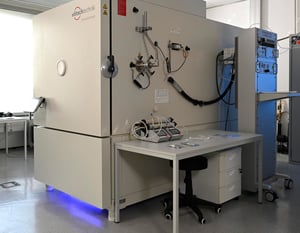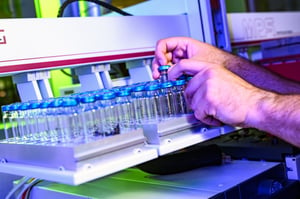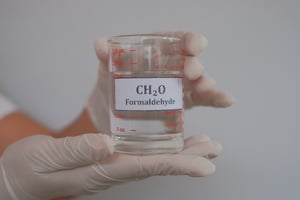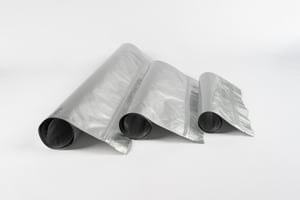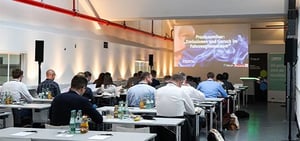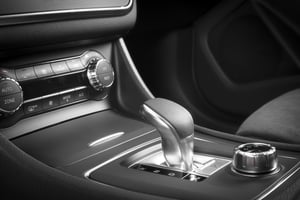
Fogging
Determination of the fogging behavior of materials used in vehicle interiors
FOGGING TEST IN THE
AUTOMOBILE INTERIOR
SENSORY EVALUATION OF MATERIALS AND COMPONENTS
The smell of a vehicle plays a decisive role in the perception of quality and comfort. Our sensory tests ensure the high standards of the automotive industry by identifying and minimizing unpleasant odours at an early stage.
We evaluate materials and components from the vehicle interior using a trained test panel. Standardized procedures such as VDA 270 and OEM-specific guidelines are used. These ensure that your products meet the demanding requirements of your customers.
Our services at a glance:
- Material testing: Plastics, textiles, leather, foams and adhesives
- Complete assemblies: Dashboards, door panels, seat structures
- Assessment methods: point scales from neutral to highly unpleasant
- Standard-compliant tests: e.g. in accordance with VDA 270, ISO 16000-28 and specific specifications
Our experts combine state-of-the-art testing technologies with decades of experience in automotive testing. With our service, we support you in ensuring the highest quality and satisfaction for your customers.
Let's work together to improve the quality of your products!

Fogging test methods
- DIN 75201-A (reflectrometric)
- DIN 75201-B (gravimetric)
- PV 3015 (Volkswagen)
- GMW 3235-A (General Motors Worldwide)
- PSA D45 1727
- and much more.
Are you looking for an exam? Standard? Specifications?
Accredited & certified tests
CONTACT OUR EXPERTS
Description. Lorem ipsum dolor sit amet, consetetur sadipscing elitr, sed diam nonumy eirmod tempor invidunt ut labore et
- Tab Title






- 01 Purpose of odor tests
- 02 Test procedure
Purpose of odor tests
- Assessment of the odor behavior of materials and individual parts or chamber or vehicle air
- Identification of odor qualities that are atypical for vehicle interiors
- Testing products for their suitability for use in vehicle interiors against the background of the possible introduction of unpleasant odors
Test procedure
- Weighing or loading of the sample containers with defined specimens
- Conditioning of the specimens in the containers for a defined time at a specified temperature
- If necessary, cooling the test air to below a defined temperature threshold
- Human sensory evaluation of the test air according to specified evaluation criteria
- If necessary, qualitative description of the odor impression
ISO 12219-7 type
- Performance of the "main test" (emission chamber test or whole vehicle emission test )
- Extraction and collection of the test air in air sampling bags using suitable sampling technology, i.e. passive sampling of the chamber exhaust air or active sampling using a sampling device for vehicle tests
- Provision of the air sample bags in presentation devices (working according to the lung principle )
- Human sensory evaluation of the test air according to specified evaluation criteria
- qualitative description of the odor impression , if applicable
TYPICAL MATERIALS THAT ARE TESTED
The odor test in automotive testing examines various materials that are used in vehicle interiors. The most important materials that are subjected to this test are

Various types of plastics, for dashboards, consoles and other interior components
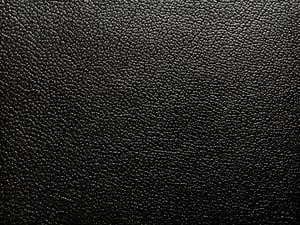
Especially for seat covers and steering wheel covers
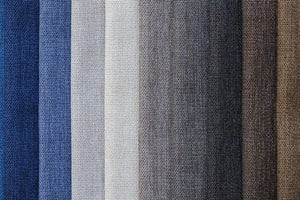
Fabrics used for seat covers, headliners and other interior trims
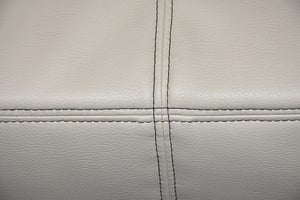
As an alternative to genuine leather for various interior components
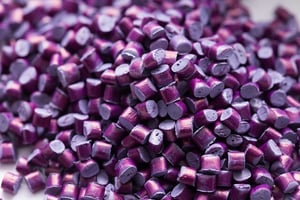
Rubber-like materials that are used in various vehicle parts

Used to connect various components in the vehicle interior
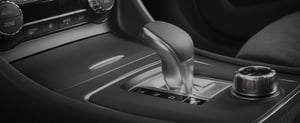
Various surface inspections for interior parts
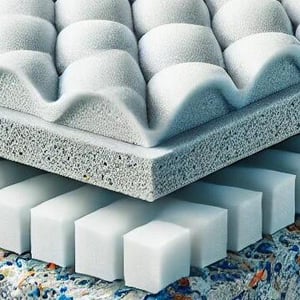
Especially for upholstery and insulation
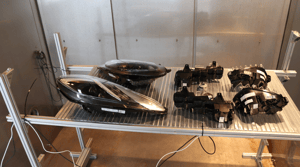
Combinations of different materials used in the vehicle interior
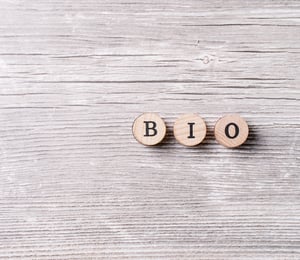
Newer, environmentally friendly alternatives to conventional plastics
CONTACT US
Frequently asked questions about the fogging test
The sample quantities required for a fogging test depend on the standard and the test method used. Here are the general guidelines:
1. standard DIN 75201 (type A and type B)
-
Type A (glass plate method):
A sample quantity of 10 cm² is typically required. The sample is placed on a heated plate in a sealed chamber and the volatiles released condense on a glass plate above. -
Type B (aluminum foil method):
Similar to type A, a sample volume of approximately 10 cm² is used. However, the volatile substances condense on a cooled aluminum foil.
2. standard ISO 6452 (international standard)
- Sample quantity:
Again, a sample size of about 10 cm² is typically required to evaluate the amount of volatiles released at elevated temperature.
3. other specific requirements
Depending on the specific requirements of the customer or OEM standards, sample quantities may vary. It is important to check the respective standards or test requirements carefully.
Method A - Reflectometric method:
- Principle: This method measures the change in reflectivity on a glass plate on which volatile components from the material sample are deposited.
- Procedure: A material sample is heated in a beaker while a glass plate above it is cooled to 21°C. The temperature difference causes the volatile components to condense on the glass plate. The reflectance index of the fogged glass plate is then measured to determine the amount of condensed material.
- Application: This method is particularly suitable for materials for which an exact determination of the optical fog effect is required.
Method B - Gravimetric method:
- Principle: This method measures the weight of condensed volatiles on an aluminum foil.
- Procedure: The material sample is heated in a beaker while an aluminum foil disc is cooled to 21°C. After 16 hours, the amount of condensed material on the foil is weighed.
- Application: This method is ideal for an accurate quantitative determination of the amount of condensed volatiles.
EMISSIONS & ODOR
Formaldehyd in Fahrzeugen: Herausforderungen für die Automobilindustrie
Read moreStellantis: Freigabe für Emissionsprüfungen erfolgreich (VIAQ)
Read moreVDA 277 vs. VDA 278: Was ist der Unterschied?
Read moreGeruchsunterschiede bei Polypropylen: Die Rolle von Faserverstärkung und Verarbeitungsparametern
Read moreWarum sind die Einheiten der Ergebnisse von Prüfungen der Werkstoffemissionen eigentlich so unterschiedlich?
Read moreGrenzwerte für Formaldehyd und Formaldehydabspaltern in Fahrzeugen
Read moreFREQUENTLY ASKED QUESTIONS ABOUT ODOR TESTING
The odor test ensures that materials and components in the vehicle interior do not emit any unpleasant or unpleasant odors that could impair the driving experience. A pleasant smelling environment is a decisive factor for customer satisfaction and the quality image of a vehicle.


